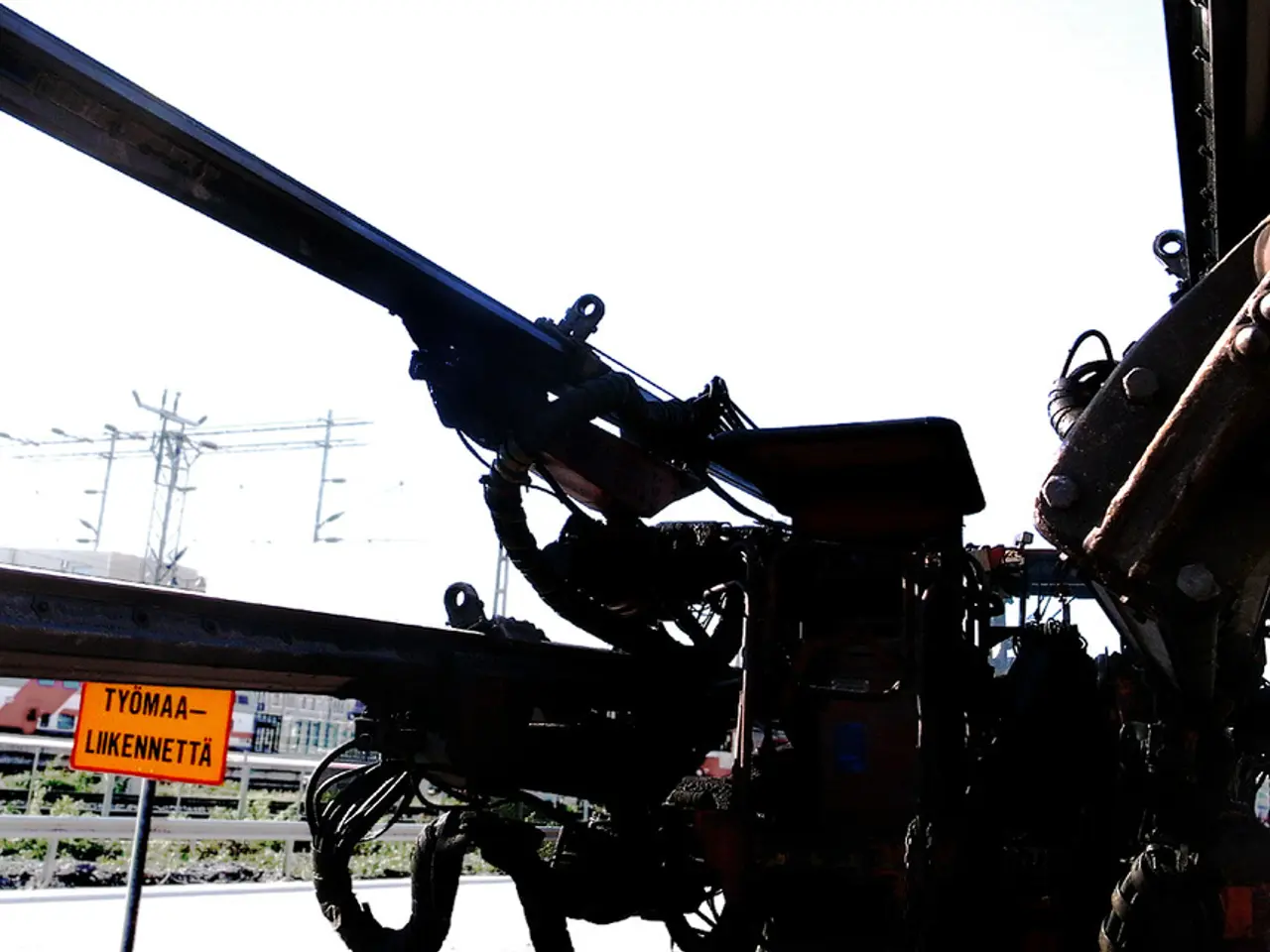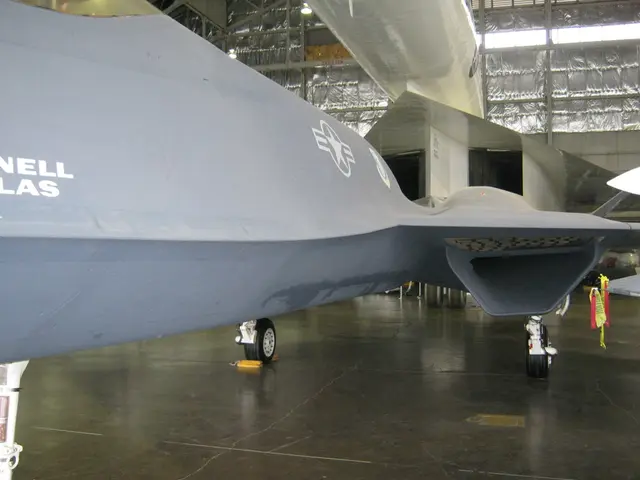Extracting Power From the Natural Surroundings
The SNAPS (Sustainable and Autonomous Power Supply) technology, developed by researchers at the Dresden University of Applied Sciences, is making waves in the energy sector. This innovative technology converts environmental energy, such as mechanical movements, into usable electricity.
The SNAPS energy harvesters are designed to reduce the need for conventional batteries and operate largely independently. They are part of a system that aims to provide independence from power outlets, contributing to a more sustainable future.
The starting point for the SNAPS technology is the constant movements of a cow, such as chewing, tail wagging, and ear twitching. However, the SNAPS project, funded by the federal government, is not limited to dairy farming. It aims to generate electricity from various movements, including human, animal, and machine movements.
Inside the SNAPS device, a small generator and matching electronics work together to convert movements into electricity. The electronics ensure the generator operates with the highest possible efficiency and adapt the voltage provided by the generator to the requirements of the connected consumer.
The SNAPS energy harvesters are scalable, sustainable, and designed for autonomous electric power generation. They are expected to be part of autonomous power suppliers and are intended for use in monitoring machines and plants, such as wind turbines.
One of the key advantages of the SNAPS technology is its resource efficiency. The production of SNAPS energy harvesters is significantly more resource-efficient compared to conventional batteries. Moreover, the individual materials used in the SNAPS energy harvesters are recyclable, making them an environmentally friendly solution for energy generation.
The SNAPS project is developing a new generation of "energy harvesters" that are designed to be easily expandable in size, ranging from a few centimeters to several decimeters. This scalability makes the technology versatile and adaptable to various applications.
The SNAPS energy harvesters are sustainable, with a long lifespan. They are intended to be part of a system that supplies tracking chips in dairy farming with energy and to serve as a long-term, sustainable solution for energy generation.
The goal of the SNAPS project is to provide independence from batteries and power outlets. By harnessing the power of constant movements, the SNAPS technology is set to revolutionise the energy sector and contribute to a more sustainable future.
Despite extensive research, the names of leading engineers at the Dresden University of Applied Sciences working on the SNAPS project were not available at the time of publication. However, the progress and potential of the SNAPS technology continue to attract attention and interest from researchers and the general public alike.
Read also:
- Understanding Hemorrhagic Gastroenteritis: Key Facts
- Stopping Osteoporosis Treatment: Timeline Considerations
- Tobacco industry's suggested changes on a legislative modification are disregarded by health journalists
- Expanded Community Health Involvement by CK Birla Hospitals, Jaipur, Maintained Through Consistent Outreach Programs Across Rajasthan




